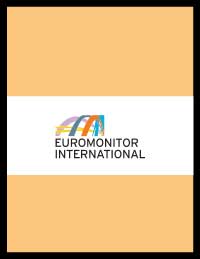Belgians consume sports drinks in the same way as other soft drinks. This means that, although manufacturers communicate around sport, only a small number of those who consume sports drinks actually drink them during or after doing exercise. In this context, sports drinks were negatively affected by two factors in 2018: a poor image due to their high sugar content, and competition from other soft drinks categories perceived as healthier, such as flavoured bottled water. This resulted in a negati...
Euromonitor International’s Sports Drinks in Belgium report offers a comprehensive guide to the size and shape of the market at a national level. It provides the latest retail sales data (2014-2018), allowing you to identify the sectors driving growth. It identifies the leading companies, the leading brands and offers strategic analysis of key factors influencing the market – be they legislative, distribution, packaging or pricing issues. Forecasts to 2023 illustrate how the market is set to change.
Data coverage: market sizes (historic and forecasts), company shares, brand shares and distribution data.
Why buy this report?
* Get a detailed picture of the Sports Drinks market;
* Pinpoint growth sectors and identify factors driving change;
* Understand the competitive environment, the market’s major players and leading brands;
* Use five-year forecasts to assess how the market is predicted to develop.
Euromonitor International has over 40 years’ experience of publishing market research reports, business reference books and online information systems. With offices in London, Chicago, Singapore, Shanghai, Vilnius, Dubai, Cape Town, Santiago, Sydney, Tokyo and Bangalore and a network of over 800 analysts worldwide, Euromonitor International has a unique capability to develop reliable information resources to help drive informed strategic planning.



